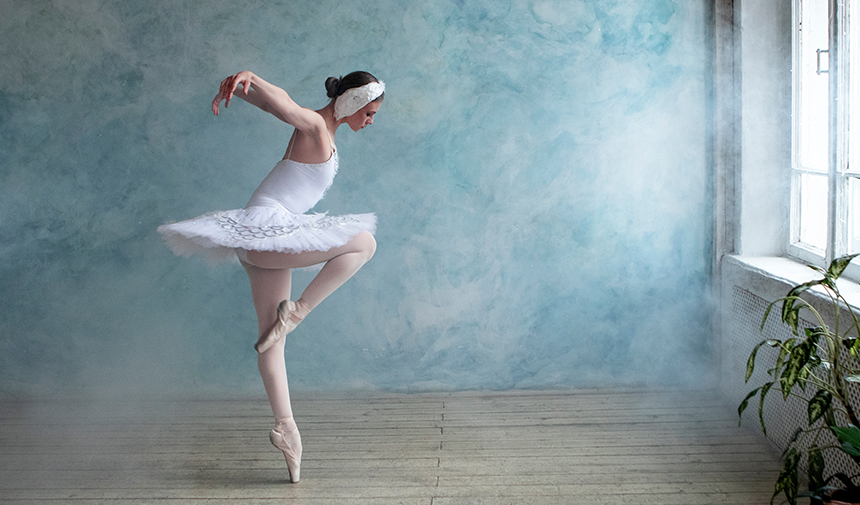The Elegance of Ballet Art: A Comparison of Classical and Modern Ballet Movements
Ballet is a performing art that offers a perfect combination of elegance and aesthetics. This centuries-old art form is divided into two main categories: classical and modern movements. Both styles are characterized by their unique techniques, themes and forms of expression. While classical ballet is known for its strict rules and specific forms, modern ballet is full of freer and innovative approaches. In this article, the evolution and diversity of ballet art will be revealed by comparing classical and modern ballet movements.
Classical Ballet: The Elegance of Tradition
Classical ballet originated in France in the 17th century and developed especially in Russia in the 19th century. One of the most recognizable characteristics of classical ballet is its strict adherence to a specific technical and aesthetic approach. Ballet artists undergo many years of rigorous training and perfect their technical skills. The basic movements of classical ballet, such as pointe work, arabesque positions and pirouette turns, require great discipline and skill.
The repertoire of classical ballet is usually based on romantic and fantastic themes. Famous works such as “Swan Lake”, “Sleeping Beauty” and “The Nutcracker” are among the most important works in ballet history. In these works, dancers bring the emotional depth and dramatic structure of the stories to the stage with graceful and fluid movements. Costumes and stage designs are also elements that complement the aesthetic understanding of classical ballet.
Classical ballet offers audiences a perfect technical and visual feast. The dancers’ graceful and controlled movements show the audience the traditional beauty of ballet. The flawless execution of every movement and position is one of the basic principles of classical ballet. This meticulous study and discipline has made classical ballet a respected art form around the world.
Modern Ballet: Innovative and Expressive Approaches
Modern ballet emerged in the early 20th century and developed as a reaction to the strict rules of classical ballet. This movement allows dancers to express themselves more freely and creatively. Modern ballet focuses on emotional expression and expression rather than technique. In this style, dancers use gravity to create more natural and organic movements.
Isadora Duncan, one of the pioneers of modern ballet, advocated the naturalness and sincerity of dance. Martha Graham brought psychological depth and dramatic expression to modern ballet. Modern ballet also deals with abstract themes and contemporary issues. Therefore, it is possible to see a wide range of themes and different forms of expression in modern ballet works.
Costumes and stage designs in modern ballet can be simpler and more functional than in classical ballet. Dancers emphasize their emotional expressions and body language, offering a deep emotional experience to the audience. Modern ballet adopts an artistic approach to make the audience think and emotionally move them.
The Unity of Classical and Modern Ballet
Although classical and modern ballet have different techniques and aesthetics, they complement and enrich each other. Today, many ballet companies perform repertoire that includes both styles. This offers audiences a combination of both traditional and contemporary ballet experiences. The technical discipline of classical ballet and the freedom of expression of modern ballet work together to create unique and impressive performances.
The evolution of ballet has been shaped by the constant interaction of these two movements. The elegance and technical perfection of classical ballet, combined with the innovative and free spirit of modern ballet, expands the boundaries of ballet. In this way, ballet continues to exist as an art form that both preserves the legacy of the past and is open to innovations for the future.
Conclusion
The art of ballet retains its importance today with the richness of classical and modern movements. The elegance and discipline of classical ballet, combined with the innovative and expressive approach of modern ballet, offer audiences a mesmerizing experience. Comparing these two movements shows how diverse and deep the art of ballet is. By combining the strengths of both styles, ballet remains one of the purest and most expressive forms of artistic expression.


